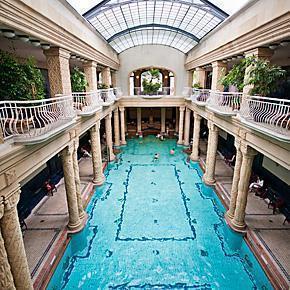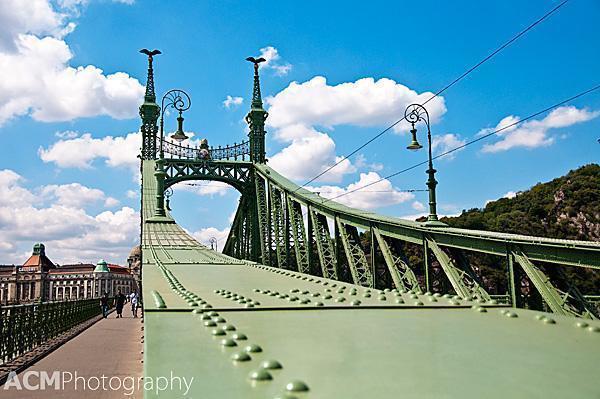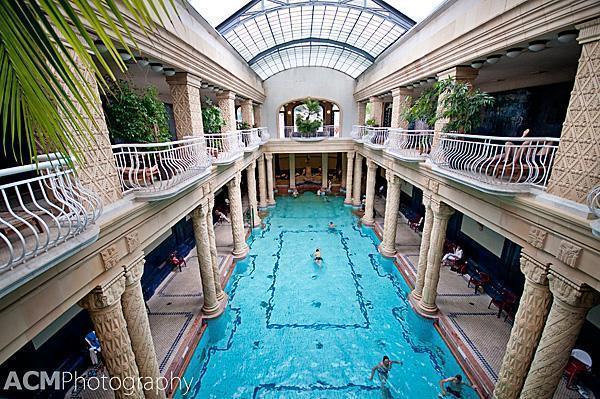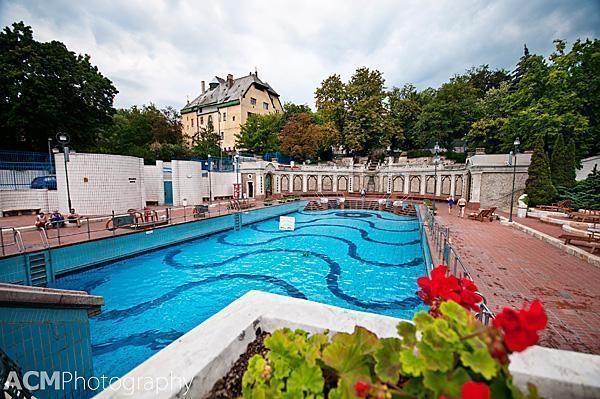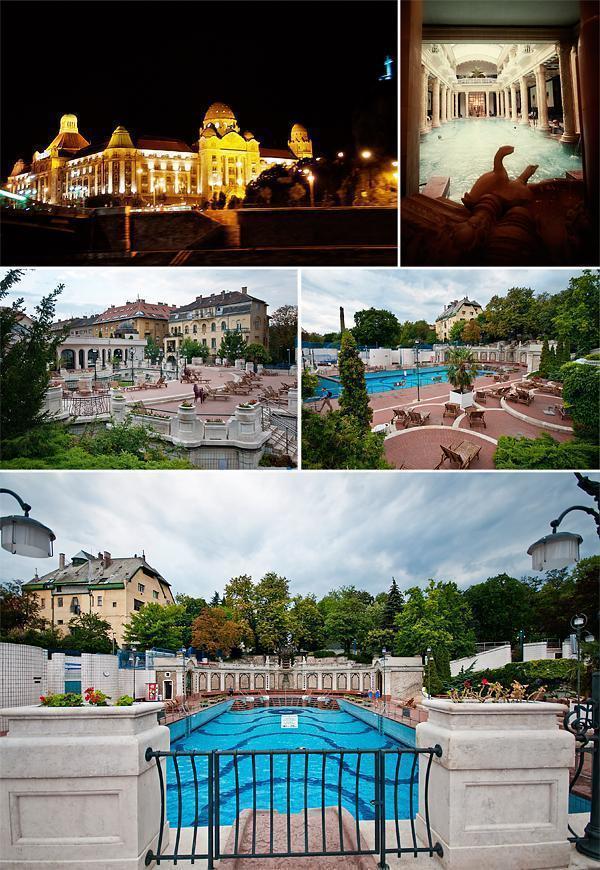BBC NEWS
30 August 2012 Last updated at 09:38 GMT
Emmanuel Egwu, student: "People are panicking. What is going to happen now?"
More than 2,000 students potentially face deportation after a London university had its licence to teach and recruit overseas students revoked.
London Metropolitan University has had its right to sponsor students from outside the EU revoked, and will no longer be allowed to authorise visas.
Ministers say the university is not tracking course attendance and that many students have no right to be here.
A task force has been set up to help students affected by the decision.
It means that some 2,000 overseas, non-EU, students have 60 days to find an alternative institution to sponsor them or face deportation.
Announcing the move on Wednesday night, the UK Border Agency said London Metropolitan University had "failed to address serious and systemic failings" identified six months ago.
The Higher Education Funding Council for England said it was an "unprecedented situation which relates only to London Metropolitan University" - which has a total of 30,000 students.
It added: "It will not affect existing or future international students at other universities. No other UK university has had its licence to sponsor international students revoked, and UKBA's decision does not in any way reflect concern about licensing arrangements at other universities in the UK."
The university's Highly Trusted Status (HTS) was suspended last month while the UKBA examined alleged failing, preventing it from being allowed to recruit overseas students.'Panic and heartbreak'
Immigration Minister Damian Green said London Metropolitan University had failed in three particular areas:
- More than a quarter of the 101 students sampled were studying at the university when they had no leave to remain in this country
- A "significant proportion" of checked files found "no proper evidence" that the mandatory English levels had been reached
- Universities must know that students are turning up for their course and are not using a student visa to enter the country for work, but more than half of the records sampled suggested the university "just didn't know" whether students were turning up for classes or not.
Continue reading the main story
Case study
London Met student Lorynn Conklin, from Fresno, California, says: "I have no idea what I'm going to do now, I'm freaking out.
"I'm a single mum and I had lost my job - which is one reason why I decided to go back into education. I've sold my car and I'm living on a couch in my mother's place. I don't have health insurance because I was planning on starting the course in the UK.
"I will be out of thousands of dollars because of this. I have already shipped my furniture and now have to pay to ship it back.
"I only have weeks to find a place to live for me and my son, find a new school and basically start all over again."
A statement
posted on the university's website on Wednesday read the implications of the revocation are "hugely significant and far-reaching".
"Our absolute priority is to our students, both current and prospective, and the university will meet all its obligations to them."
It added it had already started to work with the UKBA, Hefce, the NUS and its own students' union to tackle the issues.
Although there have been other suspensions, no other UK university has been fully stripped of its ability to recruit overseas students.
NUS president Liam Burns said: "This decision will create panic and potential heartbreak for students not just at London Met but also all around the country.
"This heavy-handed decision makes no sense for students, no sense for institutions and no sense for the country. This situation and the botched process by which the decision was arrived at could be avoided if international students were not included in statistics of permanent migrants."
Mr Burns added the decision could have been limited to future students rather than covering existing ones.
'Last resort'
But the UKBA said allowing London Metropolitan University to continue to sponsor and teach international students "was not an option".
It said it had been working with the university since it identified failings six months ago.
It added: "These are problems with one university, not the whole sector. British universities are among the best in the world - and Britain remains a top-class destination for top-class international students.
"We are doing everything possible, working with Universities UK, to assist genuine students that have been affected."
Universities Minister David Willetts has announced a task force to help overseas students affected by the decision, which will include UKBA and the NUS.
He said: "It is important that genuine students who are affected through no fault of their own are offered prompt advice and help, including, if necessary, with finding other institutions at which to finish their studies."
But Universities UK President Professor Eric Thomas said there were alternative ways of addressing UKBA's concerns and that the "revocation of a university's licence should only be a decision of last resort".
It added that the move would cause anxiety and distress to many legitimate international students.
University and College Union warned that the move would have an impact on future recruitment of foreign students.
Its general secretary Sally Hunt said: "No matter how this is dressed up, the damaging message that the UK deports foreign students studying at UK universities will reach all corners of the globe."








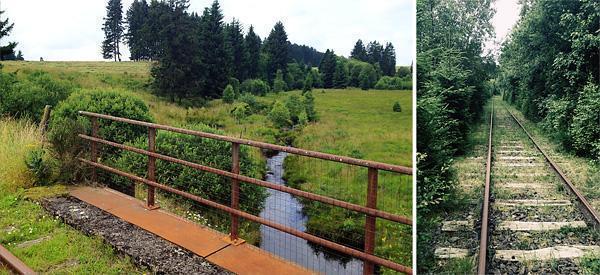
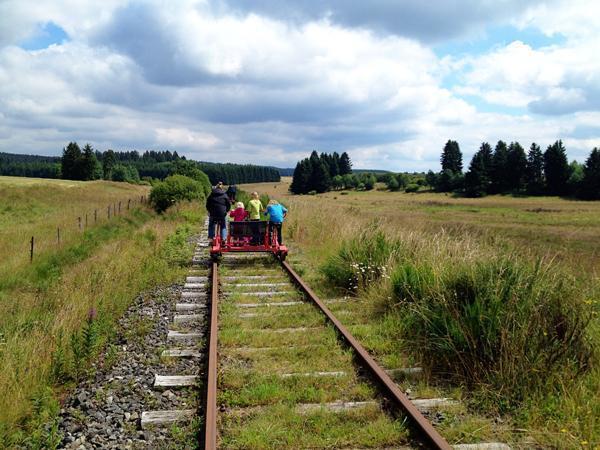



 How did I end up here? Last November, I was offered a one-year job placement in Zanzibar completely out of the blue. As they made the job offer, I had to ramble on to disguise my ignorance while frantically Googling to determine that yes, Zanzibar is a real place and not just a fun word to say. At the beginning of winter in the Canadian subarctic, a sudden job offer on an island paradise seemed like someone’s cruel joke. Somehow, less than four months later, I found myself walking off a ferry into the blinding tropical sun of Stone Town, Zanzibar.
How did I end up here? Last November, I was offered a one-year job placement in Zanzibar completely out of the blue. As they made the job offer, I had to ramble on to disguise my ignorance while frantically Googling to determine that yes, Zanzibar is a real place and not just a fun word to say. At the beginning of winter in the Canadian subarctic, a sudden job offer on an island paradise seemed like someone’s cruel joke. Somehow, less than four months later, I found myself walking off a ferry into the blinding tropical sun of Stone Town, Zanzibar.




